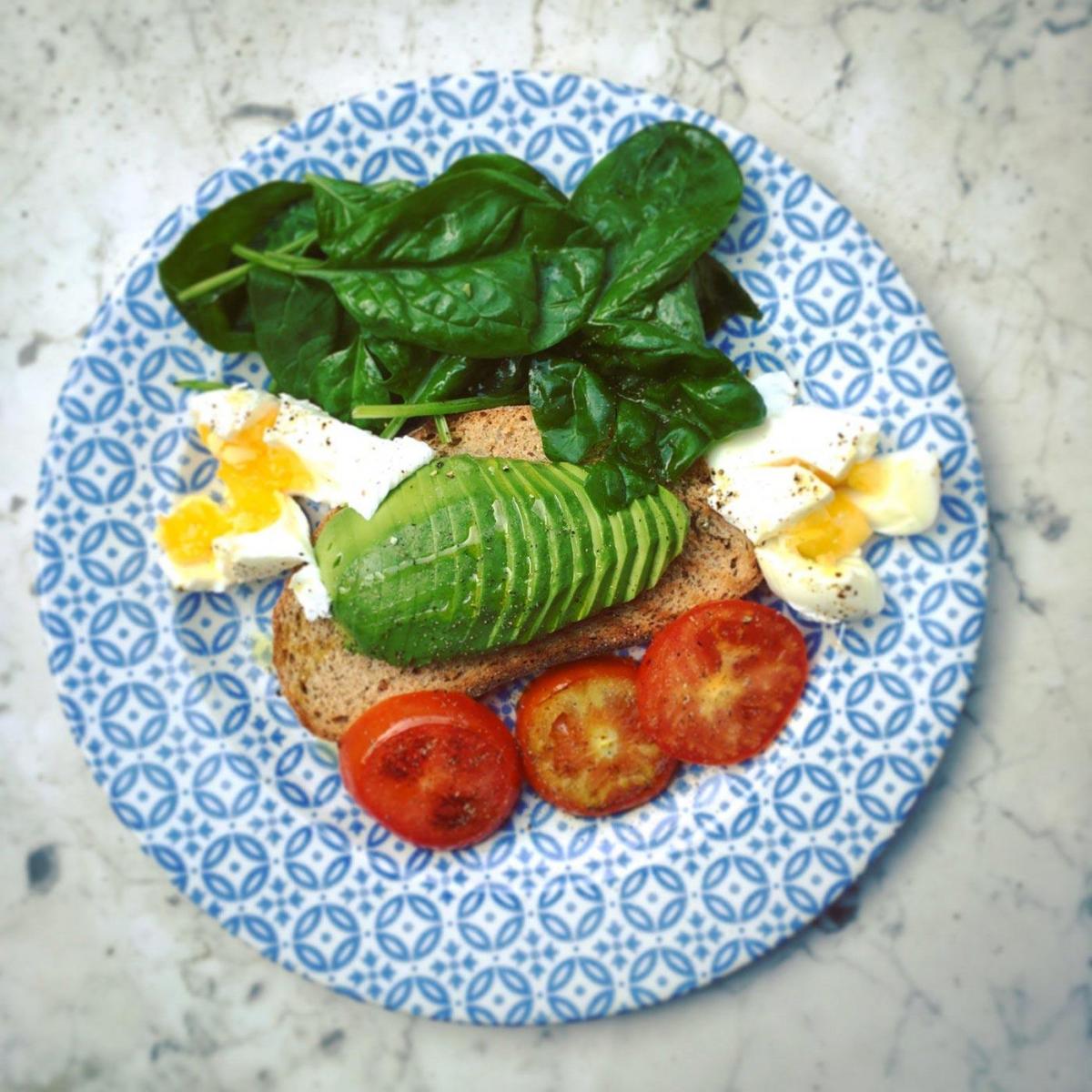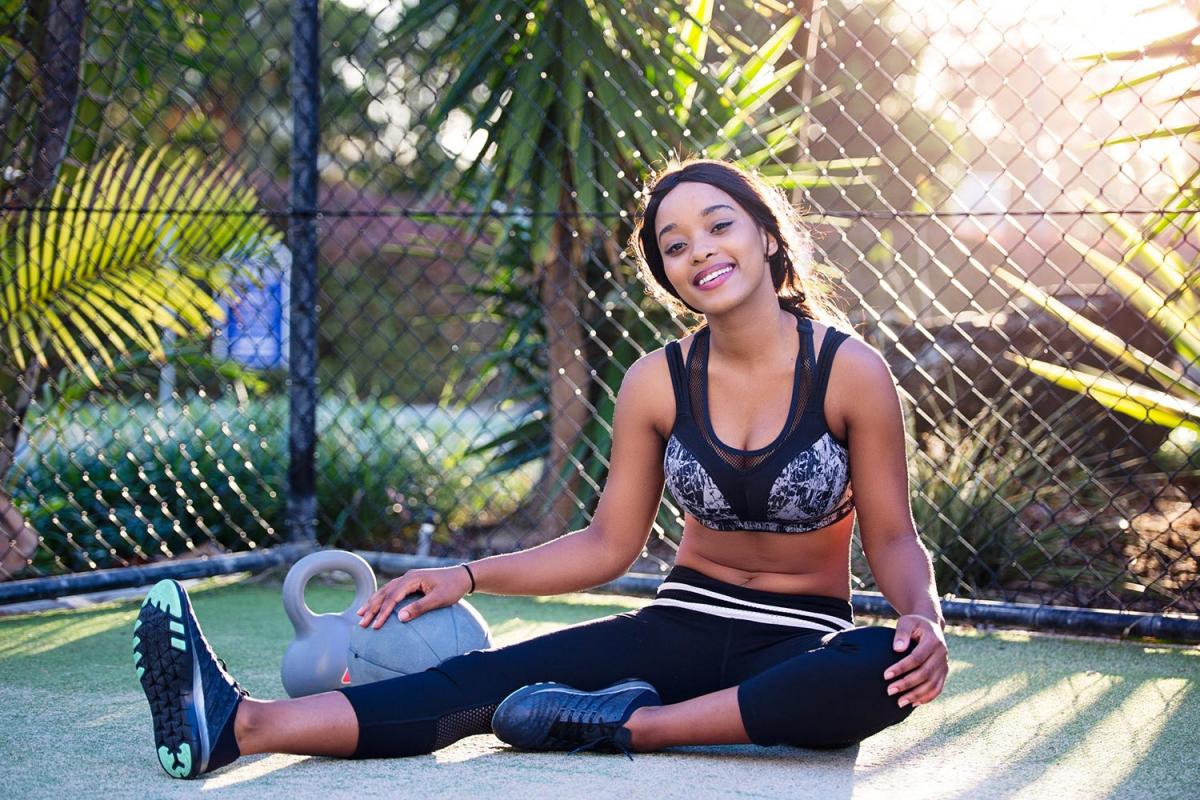No matter what your sport, you need to observe some fundamental practices: warm-ups, stretching and hydration. This includes when you work out at home. Below, some tips to help you to get the most out of these vital aspects of your workout.
Step one: a solid warm-up

It goes without saying that a proper training session should start with a thorough warm-up. Why? Because if you try to work unprepared muscles too quickly, you risk muscle sprains or tears. When it’s cold outside, you have to take even more precautions in warming up: lengthen your warm-up period in cool weather. But warming up isn’t only about reducing risk of injury. It will also help you perform better, increasing the flow of blood to the muscles and reducing reaction time.
As the name indicates, warm-ups aim to gradually increase your body’s temperature, particularly the muscles you want to focus on. All athletes must adapt their warm-ups to both their physiology and the particular sport.
How to do this? First, mobilize the joints you will use during your workout. Start at one extremity, and progress along the limb to engage each muscle. For example, start with your fingers, then wrists, continuing to the elbows and finally, the shoulders.
Adapt your warm-up to your workout
Much of the stretching and flexing you do while warming up is standard and identical regardless of what athletic activity you’re doing. However, your warm-up should be adapted to the nature of the workout or sport that will follow.
For long-distance running or cross-country skiing (where you might be training on a treadmill, exercise bike, or NordicTrack’s Freestride Trainer) you’re focusing more on endurance than intensity. In this case, the ideal is to start up slowly (10 minutes minimum), then gradually increase the intensity of the exercise, over several minutes. This way, you get all the required muscles involved over a longer period.
For a more accelerated activity, where intensity is your goal (think: rower, Fusion CST), you should stretch the muscle you’re focusing on, contracting it for 5 seconds, then releasing it. This way, you warm up the muscle more quickly, so it’s then ready for the hard workout to come.
Eat to get thinner!

Before, during and after your workout, make sure you stay well hydrated. It will help you get the most out of your body during the session. It also promotes recovery after exercise and helps to avoid cramps. Keep your water bottle nearby during your whole workout, and drink small amounts regularly throughout.
Also, avoid exercising on an empty stomach. Ideally, eat a few hours before your workout. And contrary to popular belief, you shouldn’t avoid sugar consumption when trying to lose weight. People say, “You burn sugar before you burn fat,” and unfortunately, the takeaway is that no sugar should be consumed at all. But without sugar in the blood, you won’t be able to consume your fat reserves. So when doing a long cardio session, it’s good to consume fast sugars (for example, a cereal bar) to continue the exercise, especially if your goal is to lose weight.
Stretching to maintain flexibility and optimise recovery

Stretching is very important for any athletic activity. Before exercising, stretching wakes up your muscles. When you’ve completed your session, stretching helps to relax your muscles and set up recovery. It also helps to maintain or even increase your joints’ mobility, which reduces injury risk during exercise.
Just as you did before your workout, you should perform ending stretches that are specific to each muscle group and adapted to the specific workout. But this time, you should do “passive” stretching, using the weight of your body to stretch out without forcing anything. Focus on the muscles that you used the most during your workout, but don’t neglect the others: it will help with your overall flexibility.
Finally, wait a few minutes after your workout, letting your body temperature go down a bit, and your breathing to return to normal. Gently work each muscle, exhale, hold the position for 20 seconds, then release. Repeat each stretch 3 times.
With these simple tips, you’ll get the most out of NordicTrack’s home fitness devices. You’ll be able to work out day after day, without injury, while minimising body aches. You can achieve all your goals: lose weight with an elliptical, do cardio training, build muscle on a rower, etc. So don’t forget the importance of these stretching and warm-up exercises. Consider your warm-up as an inseparable complement to your home fitness device workout.
We recommend
Protect Your Joints While Working Out On Your Treadmill
Running is a great way to develop your cardio. However, it puts a lot of pressure on your joints. But don’t worry: you don’t need to choose between the health of your heart and your knees: with…
How Often Should You Use Your Treadmill To Stay In Good Health?
The key to an effective workout on your treadmill is regular repetition. Only through frequent workouts will you see positive effects on your health. But you also need to listen to your body when…
What’s The Best Time Of Day To Work Out On Your Elliptical?
One of the big advantages of having an elliptical at home is that it’s always available for training. But when should you use it – in the morning, at lunchtime or in the evening after work? We’ve got…
Should Seniors Use Exercise Bikes?
If you’re a senior in good health, nothing should hold you back from using an exercise bike, so go for it! You’ll quickly see the many positive effects it can have on your health…
How Cross Training Affects Your Health And Physique
Cross training is not only an extremely physical training method; it also provides a very complete workout. When you do it right, you’ll quickly see positive results and feel the beneficial effects…
